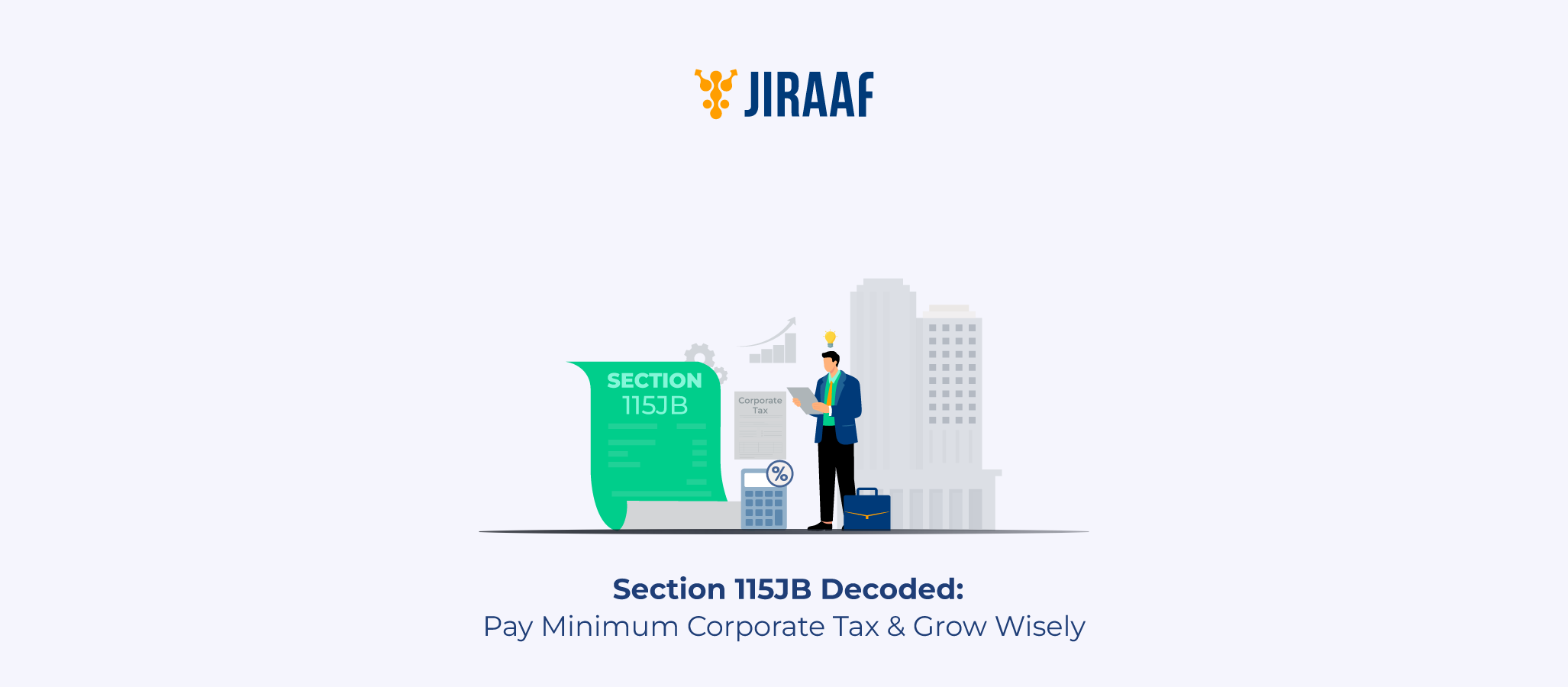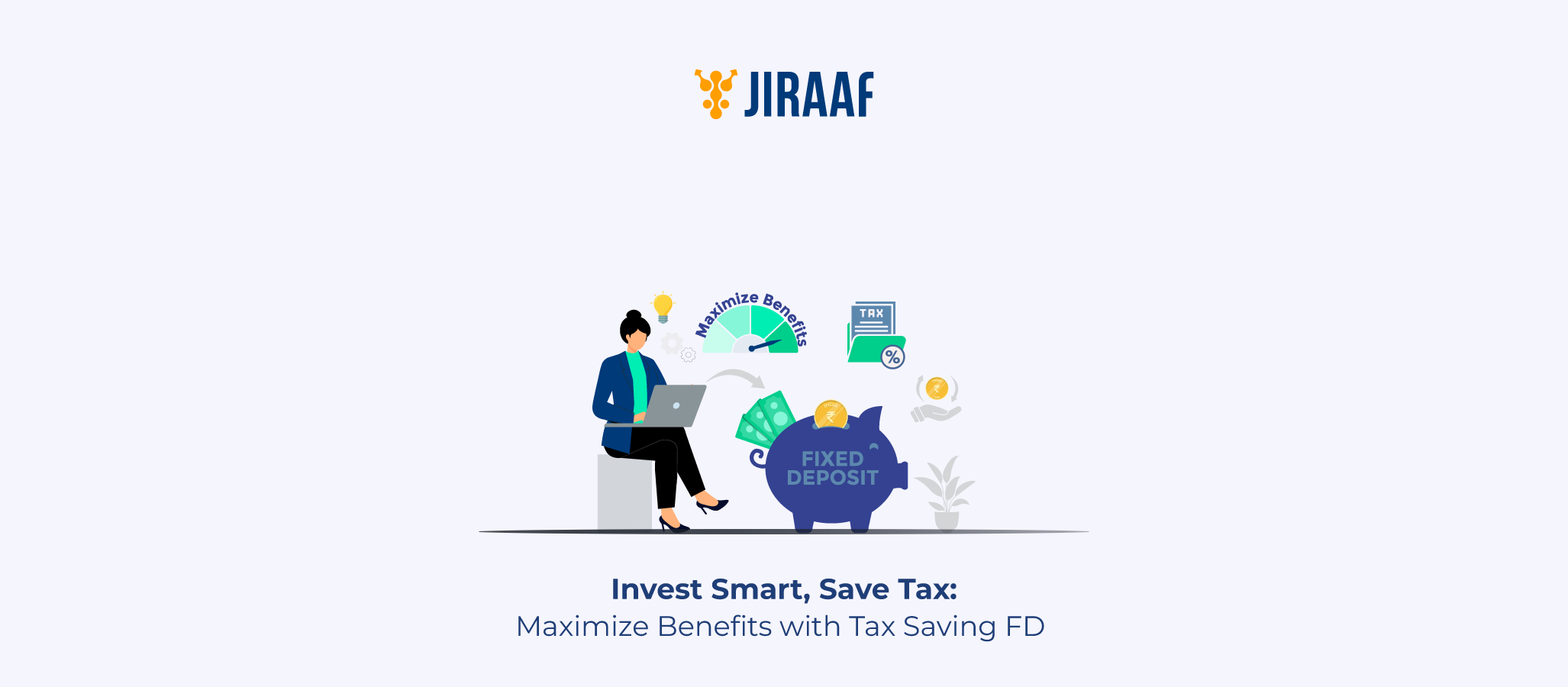Introduction to Budget 2024
The budget is important for the people of India as it directly impacts their daily lives. It outlines the government’s economic policies, tax structures, and spending priorities, which affect everything from the prices of everyday goods to job creation, after tax income, infrastructure development, and social welfare programs. Through the budget, citizens can understand how their tax money will be used and what economic opportunities or challenges they might face in the coming year. It also provides insights into the government’s vision for the country’s economic growth and development, making it a key indicator of India’s financial health and future direction.
Key Highlights of Union Budget 2024:
Here’s a summary of the key allocations and initiatives:
- Infrastructure: An allocation of ₹10 lakh crore has been made towards the infrastructure projects, equating to 3.3% of the GDP. This includes ₹2.66 lakh crore earmarked for rural development, with a specific focus on improving infrastructure in the Eastern India, covering states like Bihar, Jharkhand, West Bengal, Odisha, and Andhra Pradesh.
- Healthcare: Funding for healthcare infrastructure has been proposed to be increased, with significant investments in medical colleges and hospitals. Special provisions have been made for cancer patients. Initiatives have been launched aiming at strengthening the pharmaceutical sector.
- Education: TA budget of ₹2 lakh crore has been allocated to create opportunities for 4.1 crore youth over the next five years. This includes upgrading 1,000 Industrial Training Institutes and creating internship opportunities with 500 top companies.
- Agriculture: The agriculture sector is set to receive ₹1.52 lakh crore in support. This includes training of 1 crore farmers in natural farming practices over the next two years to enhance productivity, increase income, and improve resilience against climate challenges.
Income Tax Slabs for Individual Taxpayers (New Regime for FY 2024-25)
Income tax slab rates have been designed to simplify taxation while providing relief at various income levels. Below is the revised income slab under the New Regime for 2024-25.
| Tax Slab for FY 2023-24 | Tax Rate | Tax Slab for FY 2024-25 | Tax Rate |
| Up to ₹ 3 lakh | Nil | Up to ₹ 3 lakh | Nil |
| ₹ 3 lakh – ₹ 6 lakh | 5% | ₹ 3 lakh – ₹ 7 lakh | 5% |
| ₹ 6 lakh – ₹ 9 lakh | 10% | ₹ 7 lakh – ₹ 10 lakh | 10% |
| ₹ 9 lakh – ₹ 12 lakh | 15% | ₹ 10 lakh – ₹ 12 lakh | 15% |
| ₹ 12 lakh – ₹ 15 lakh | 20% | ₹ 12 lakh – ₹ 15 lakh | 20% |
| More than 15 lakhs | 30% | More than 15 lakhs | 30% |
Tax Treatment of Different Asset Classes:
Here’s a table summarising the tax treatment for various asset classes, demonstrating the taxes applied to short-term and long-term capital gains (STCG and LTCG) and the holding period applicable for each:
| Category | New | Earlier | Holding Period for Long Term | ||
| STCG | LTCG | STCG | LTCG | ||
| Bonds (listed) | 20% | 12.50% | Slab rate | 10% | 12 months |
| Stocks | 20% | 12.50% | 15% | 10% | 12 months |
| Equity Mutual Funds | 20% | 12.50% | 15% | 10% | 12 months |
| Debt and non-equity MFs | Slab rate | Slab rate | Slab rate | Slab rate | N/A |
| REITs/InVITs | 20% | 12.50% | 15% | 10% | 12 months |
| Equity FoFs | 20% | 12.50% | Slab rate | Slab rate | N/A |
| Gold/Silver ETF | 20% | 12.50% | Slab rate | Slab rate | 12 months |
| Overseas FoFs | Slab rate | 12.50% | Slab rate | Slab rate | 12 months |
| Gold Funds | Slab rate | 12.50% | Slab rate | Slab rate | 12 months |
| Category | New | Earlier | Holding Period for Long Term | ||
| STCG | LTCG | STCG | LTCG | ||
| Bonds (unlisted) | Slab rate | Slab rate | Slab rate | Slab rate | 24 months |
| Real Estate (Physical) | Slab rate | 12.50% with no indexation (OR) 20% with indexation whichever is lowest | Slab rate | 20% with indexation | 24 months |
| Gold (Physical) | Slab rate | 12.50% with no indexation | Slab rate | 20% with indexation | 24 months |
| Stocks (unlisted) | Slab rate | 12.50% with no indexation | Slab rate | 20% with indexation | 24 months |
| Foreign equities/debt | Slab rate | 12.50% with no indexation | Slab rate | 20% with indexation | 24 months |
For most assets, short-term capital gains (STCG) and long-term capital gains (LTCG) taxes generally don’t apply if you hold the assets until maturity. These tax categories come into play only if you decide to sell the assets before their maturity date.
New Guidelines in the 2024-2025 Union Budget
The Union Budget 2024-2025 introduces significant reforms aimed at refining tax and boosting financial activities. This overview details the key updates, showcasing how these changes are set to impact investors and businesses.
1. Capital Gains Tax Simplification
- Short-term gains on specified financial assets will now be taxed at 20% (previously 15%).
- Long-term gains on all financial and non-financial assets will attract a uniform tax rate of 12.5%.
- The exemption limit for capital gains on listed financial assets has been increased from ₹1 lakh to ₹1.25 lakh per year.
2. Incentives for GIFT International Financial Services Centre (IFSC)
- Retail schemes and ETFs within the GIFT IFSC will offer tax exemptions, making it a more attractive investment destination.
3. Corporate Tax Reduction for Foreign Companies
- The tax rate for foreign companies has been reduced from 40% to 35%.
4. Angel Tax Abolished: A Boost for Startups
- Investors in startups no longer pay the “angel tax” on investments, making it easier for startups to raise money.
- With the abolition of angel tax, startups will no longer face this additional tax burden on investments received from angel investors. For example, if an investor puts ₹50 lakh into a startup, the startup will not have to pay any additional tax on this investment, encouraging more investments into early-stage companies, supporting their growth and development.
5. Infrastructure and Manufacturing Investments
- A significant allocation of ₹11,11,111 crore (3.4% of GDP) has been made for capital expenditure.
- New schemes to incentivize employment in the manufacturing sector have been introduced.
Budget 2024: Public and Expert Reactions
The Union Budget 2024 has garnered a range of reactions. An article published by Business Today suggests that 51% of citizens felt the budget met or exceeded their expectations, while 49% believed it fell short. Key areas of focus, such as infrastructure development and tax regime changes, were highlighted as potential benefits.
A VCCiRCLE article highlights comments from the top industry experts, who have generally praised the budget for its emphasis on healthcare, infrastructure, and support for MSMEs and startups. The abolition of angel tax and increased healthcare funding are seen as positive steps towards long-term growth and sustainability.
The recent budget’s emphasis on Viksit Bharat (Developed India) signals a comprehensive approach to national development, intertwining economic growth with social progress. This vision encompasses significant changes to taxation and capital gains structures, aimed at fostering a more strong and inclusive economy.
Conclusion
For investors and citizens, staying abreast of these developments is crucial. It not only helps in making informed financial decisions but also helps in understanding how policy shifts may affect various sectors and investment opportunities enabling individuals to align personal financial strategies with broader economic goals.
Discover fixed income investments with Jiraaf, a SEBI registered online bonds platform that educates and brings access to a wide array of bonds. Sign up today to explore diversified fixed income investment opportunities to support your goal-based wealth creation journey. Start investing!









